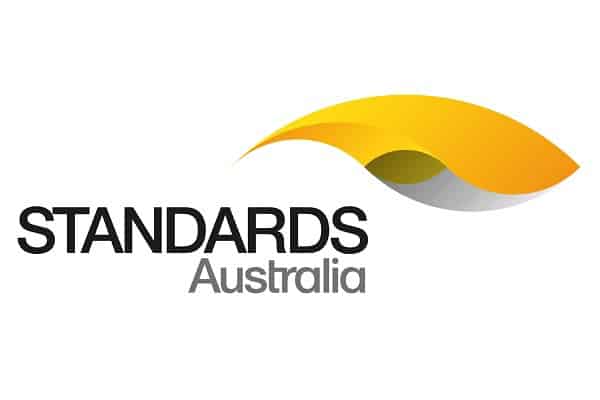The new Australian Standard covering the design of steel storage racking systems – AS4084-2012 was released on 29th February 2012. There are a number of key changes to operational requirements and end-user responsibilities that storage systems users should be aware of:
- No changes to storage system configuration allowed without the approval of the equipment supplier or a structural engineer.
- The vertical clearance requirement for pallets stored above heights of 6m has been increased from 75 mm to 100 mm. This is aimed at reducing the risk of accidental impact with beams during pallet put-away and retrieval.
- The “flue space” between pallets backing on to each other has been increased by 50 mm, reducing the risk of an adjacent pallet being accidentally dislodged when storing or retrieving pallets. This increase in flue space also better accommodates the needs of insurance companies who often insist on a minimum flue space of 75 mm to allow adequate penetration of water from roof and rack-mounted sprinklers during a fire.
- A minimum of two ground anchors must be used per baseplate on racks where forklifts are used.
- Minor changes to rack load signage whereby the dimension from ground to first beam level, and from first to second beam level must be noted explicitly on signs.
Your responsibilities: if in doubt, get it checked
As per the previous 1993 standard, storage system users should ensure their system is professionally audited every year. The reality is that many storage system users are either unaware or routinely ignore these requirements.
Recent rack collapses in NZ have shown the importance of regular system audits to identify existing rack damage that could compromise performance during a seismic event or overloading of the structure.
Failure to conduct annual audits could expose users to litigation and potential penalties should an incident occur.
What AS4084-2012 doesn’t cover
Like the standard before it, the new steel storage racking standard is only relevant for closed-face racks such as Selective, Narrow-Aisle and Double Deep racking. It does not cover open-face racks such as Drive-In or Cantilever racking.
When designing open-face racks, designers will need to seek guidance from other international standards and codes such as FEM 10.2.07 for drive-in racking and FEM 10.2.09 for cantilever racking. These codes can be used in conjunction with AS/NZS4600-2005 Cold Formed Steel Structures to obtain structurally sound racking designs consistent with world’s best practice
However, when it comes to day-to-day operation, the onus of responsibility to ensure the systems are being properly used and maintained, and continue to meet the standard, falls squarely on the user.


